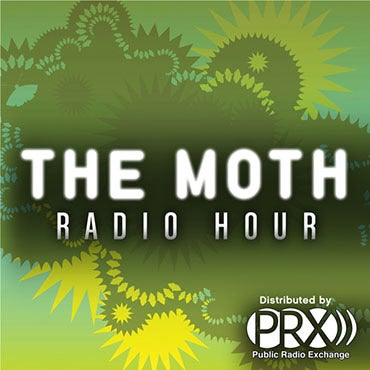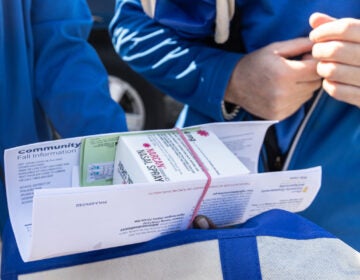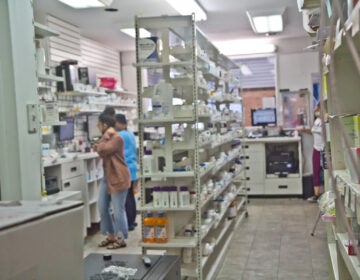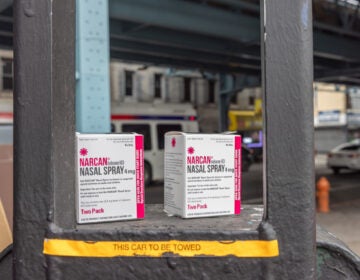Teen opioid abuse dropping nationwide, survey finds
Researchers say higher rates of past drug abuse by teens may have contributed to the increase of opioid addiction in adults — and the current overdose crisis.
Listen 1:20
(Bigstock)
Despite the worsening crisis of opioid overdoses, a nationwide survey from the National Institute on Drug Abuse has found that misuse of prescription painkillers among teenagers dropped this year to the lowest levels it has ever reported.
The results from the institute’s annual Monitoring the Future survey continue a decline from the heights of the early 2000s when it first began measuring these rates. Under 3 percent of high school seniors reported misusing OxyContin in the past year, while only 2 percent said they tried Vicodin. Vicodin abuse peaked in that group in 2003 at 10.5 percent, while OxyContin peaked at 5.5 percent in 2005.
The downward trend is “basically opposite to what we’re seeing in the adult population,” said Nora Volkow, director of the National Institute on Drug Abuse. In adults, “we have seen over the past close-to-two decades significant increases of the abuse of prescription opioids that then have translated into a significant increase in heroin and synthetic opioids,” Volkow said.
Those increases have driven the mounting crisis of fatal drug overdoses. Officials in Philadelphia have projected that 1,200 people will die of an overdose this year in the city, nearly 300 more than last year.
Researchers said that the declining teen opioid use could drive down future drug use.
Stephen Lankenau of Drexel University’s Dornsife School of Public Health, who wasn’t involved in the study, said it “speaks well to the likelihood that fewer people will misuse them later in life and transition to heroin.”
Lankenau said the findings suggest that efforts to make it harder for teens to get opioid pills, such as prescription drug-monitoring programs and collecting leftover medications, are paying off.
The researchers said higher rates of drug abuse by teens in the past may have contributed to the increase of opioid addiction in the adult population — and the current overdose crisis.
The survey does have some limitations. While more than 40,000 students between eighth and 12th grade took this year’s survey, it doesn’t reach teens who drop out of high school. That leaves out about 8 percent of the age group, said Lloyd Johnston, one of the researchers who worked on the study at the University of Michigan.
“I have no doubt that 8 percent is heavier in their use of various substances,” Johnston said.
The opioid numbers reported in the study also don’t measure how often teens are taking the pills, but rather whether they’ve used them at all in the past year.
The survey also found that older teens are now more likely to smoke marijuana than cigarettes.
WHYY is your source for fact-based, in-depth journalism and information. As a nonprofit organization, we rely on financial support from readers like you. Please give today.





